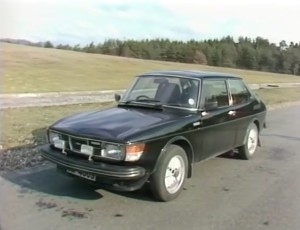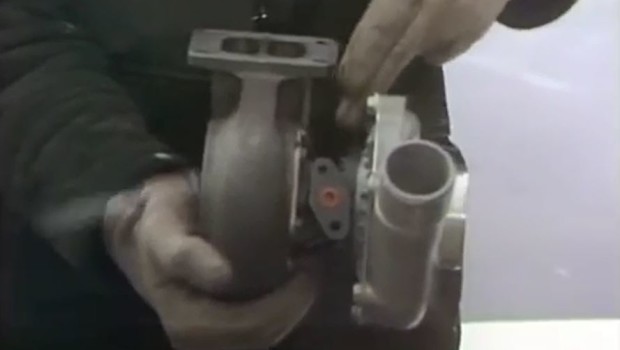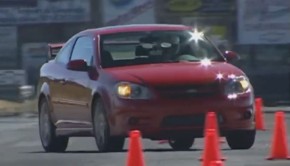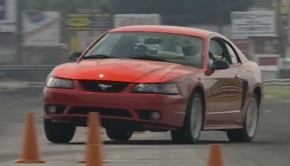1978: Turbochargers – simple but very efficient
One of the single most significant development in engine design has been the turbocharger, together with the limited return of its rival, the supercharger. The turbocharger principal is so simple as to surprise us that it was not adopted earlier. Patented in 1905 by a Swiss Engineer, Alfred Buchi, it was not commercially applied to engines until World War II, when aircraft engine makers Allison and Pratt & Whitney began using turbochargers developed for them by Garrett AiResearch, a name famous today in the same field.
Buchi’s device use a piston pump driven by exhaust gasses, but all subsequent turbochargers have embodied a small centrifugal compressor and a radial flow turbine mounted on a common axial shaft. Place on the engine’s exhaust manifold, the turbine is activated by the exhaust gasses and drives the compressor, which forces air into the fuel delivery system at a pressure greater than atmospheric. This boost power output by up to 100%, using the exhaust gasses which would otherwise be wasted. It is an example, rare in the engineering world, of the ‘something for nothing’ for unlike the supercharger, which embodied an engine driven compressor, the Turbo made no demands on the engine’s power.

Saab chose turbocharging to maintain their car’s performance in spite of emission control regulations. First made in 1977, the 99 Turbo, with Garrett AiResearch turbocharger, had 145 bhp from its 2 -liter engine, compared with 118 bhp from the normally aspirated version. Made in four saloon/hatchback models with two five doors, it was the first successful turbocharged family car, and was followed by the Turbo version of the larger bodied 900.











What Junkies are Saying